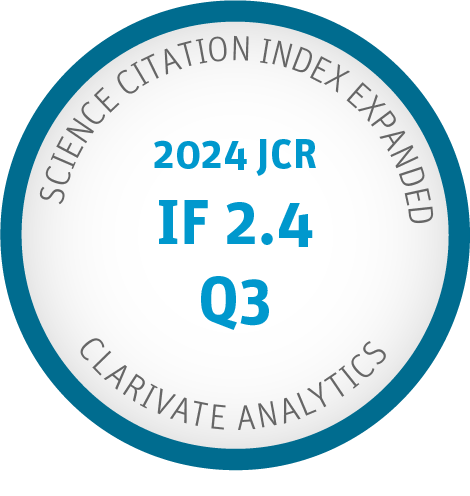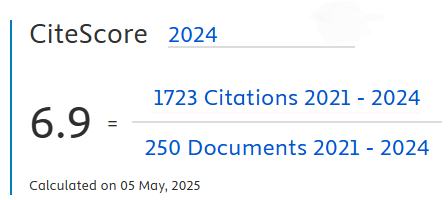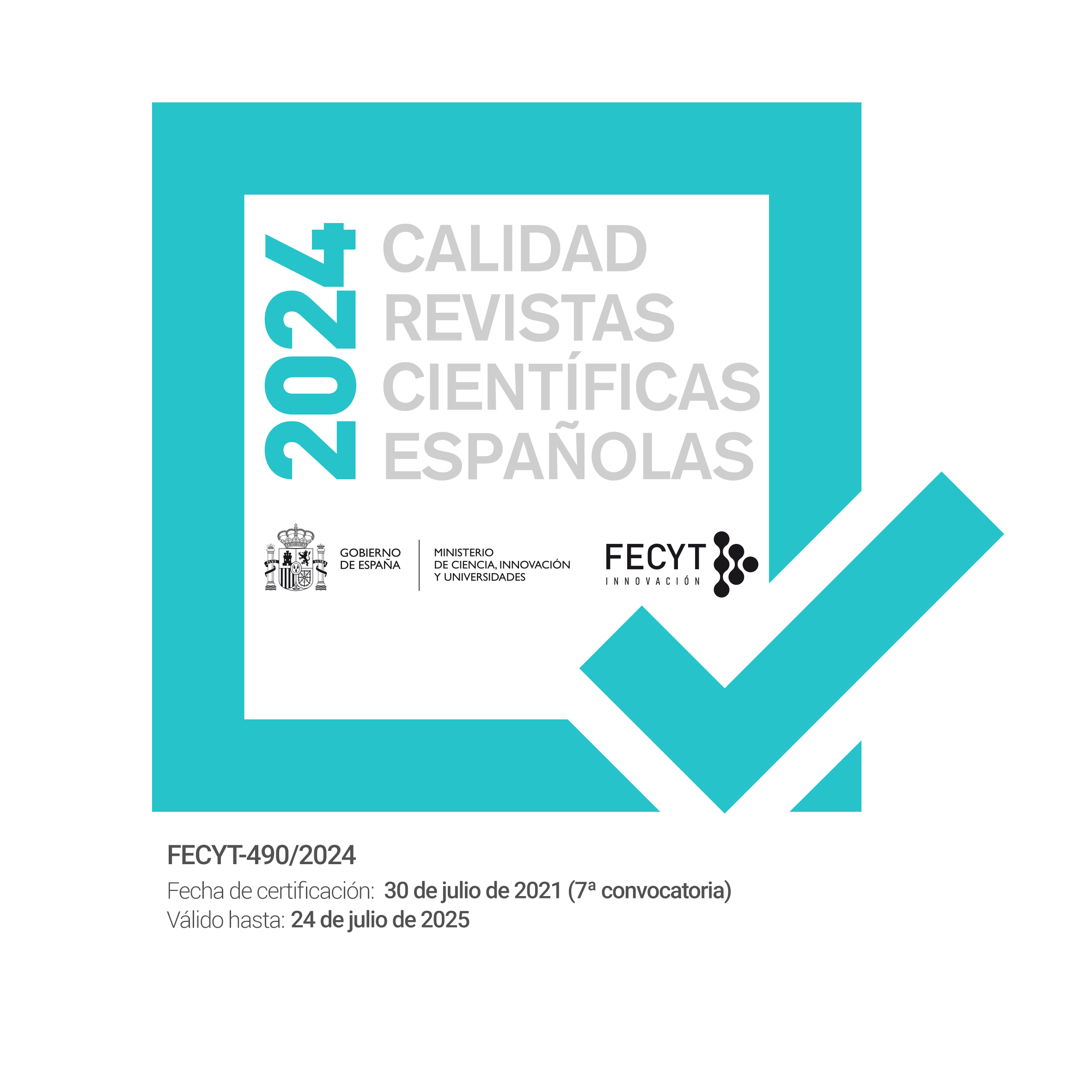Time-Dependent Performance Prediction System for Early Insight in Learning Trends.
DOI:
https://doi.org/10.9781/ijimai.2020.05.006Keywords:
e-learning, Education, Learning Management Systems, Prediction, Support Vector Machine, Data AnalysisAbstract
Performance prediction systems allow knowing the learning status of students during a term and produce estimations on future status, what is invaluable information for teachers. The majority of current systems statically classify students once in time and show results in simple visual modes. This paper presents an innovative system with progressive, time-dependent and probabilistic performance predictions. The system produces by-weekly probabilistic classifications of students in three groups: high, medium or low performance. The system is empirically tested and data is gathered, analysed and presented. Predictions are shown as point graphs over time, along with calculated learning trends. Summary blocks are with latest predictions and trends are also provided for teacher efficiency. Moreover, some methods for selecting best moments for teacher intervention are derived from predictions. Evidence gathered shows potential to give teachers insights on students' learning trends, early diagnose learning status and selecting best moment for intervention.
Downloads
Downloads
Published
-
Abstract249
-
PDF57









